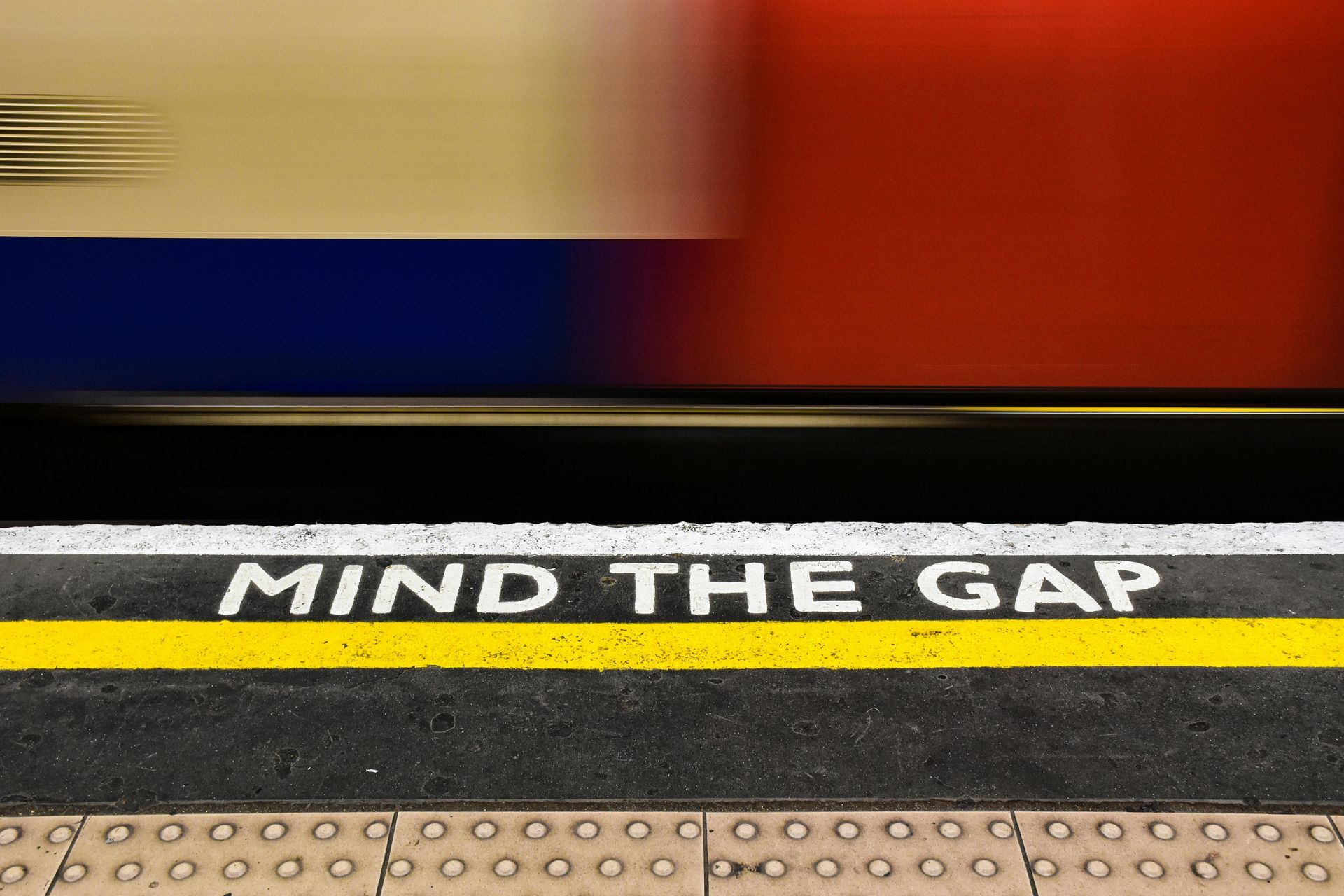Leadership Series: Self-Reflection
"What a man can be, he must be. This need we call self-actualization." — Abraham Maslow

At the core of personal growth lies self-reflection: the ability to step back, assess who we are, and recognize the gap between our current state and our potential. Abraham Maslow’s Hierarchy of Needs offers a framework to understand this journey, particularly in the pursuit of self-actualization—the process of becoming the best version of oneself.
Maslow’s Hierarchy of Needs: The Foundation for Growth
Maslow's hierarchy is often depicted as a pyramid, illustrating the progression of human needs. As we meet basic needs, we naturally move toward higher levels of fulfillment.
These levels are:
Physiological Needs: Basic survival—food, water, shelter.
Safety Needs: Protection, stability, and security.
Love and Belonging: Relationships, connection, and community.
Esteem Needs: Self-respect, accomplishment, and recognition.
Self-Actualization: Achieving personal potential and growth, fulfilling one’s purpose.
Recognizing the Gap: Who You Are vs. Who You Can Be
Self-actualization requires us to bridge the gap between our current reality and the vision we have for our potential. This journey starts with an honest assessment of where you are right now. Are you stuck in survival mode, just meeting basic needs, or have you climbed to a place where personal growth becomes possible?
Here are a few signs that indicate a gap between who you are being and who you can be:
Complacency: Feeling stuck or stagnant, even if life is "comfortable."
Unfulfilled Potential: Knowing you have talents or dreams you aren’t pursuing.
Lack of Alignment: A sense that your actions don't align with your core values.
Reflection Prompt:
Are there areas in your life where you feel a disconnect between your current behavior and the person you’re capable of becoming?
The Power of Self-Reflection
Self-reflection is key to identifying this gap. It allows us to pause, evaluate our current state, and consider where we want to go. Without it, we may never see the opportunities for growth that lie ahead.
Maslow believed self-actualization was not about achieving some final state of perfection but rather about continuous growth, creativity, and self-discovery.
Reflection Prompt:
What does self-actualization look like for you? How do you define the best version of yourself?
Steps to Move Toward Self-Actualization
Meet Basic Needs First: Before we can grow, we must ensure that our fundamental needs are being met. If you feel insecure or unsafe in any area of your life, it may be holding you back from fully exploring your potential.
Develop Meaningful Relationships: Love and belonging are crucial to growth. Cultivate connections that support your development and challenge you to grow.
Build Self-Esteem: Start by acknowledging your accomplishments and strengths. Building confidence allows you to pursue goals that align with your true potential.
Engage in Continuous Learning: Self-actualization is a lifelong process of learning and discovery. Be open to new experiences, knowledge, and skills that help you grow.
Align Your Actions with Your Values: One key aspect of self-actualization is living a life that reflects your true values. Take time to identify your core beliefs and begin aligning your actions with those values.
Reflection Prompt:
What small steps can you take today to move closer to your potential? How can you align your daily actions with your long-term goals?
Embracing the Journey
Remember, self-actualization is not a destination but an ongoing process. Maslow himself noted that very few people achieve complete self-actualization, and that’s okay. The point is not to reach a perfect state but to continually evolve and grow.
The journey toward self-actualization is deeply personal, but it’s also universal. We are all striving to bridge the gap between who we are and who we can be. Through self-reflection, we can better understand that gap and take the steps necessary to close it.
Final Reflection Prompt:
What does self-actualization mean for you in your current stage of life? How can you take intentional steps toward realizing your fullest potential?
Sources:
Maslow, Abraham H. Motivation and Personality. Harper & Row, 1954.
Maslow, Abraham H. Toward a Psychology of Being. Van Nostrand Reinhold, 1968.
Frankl, Viktor E. Man's Search for Meaning. Beacon Press, 2006.
Stay Tuned with Tune In: Your Go-To for Inspiration and Personal Growth
Join the In Tune community and get exclusive updates on our latest blog posts straight to your inbox! ✨
From mindfulness tips to insights on living a more fulfilling life, we’ve got the tools to help you tune into your best self.
Sign up today and never miss a beat! 🎶




